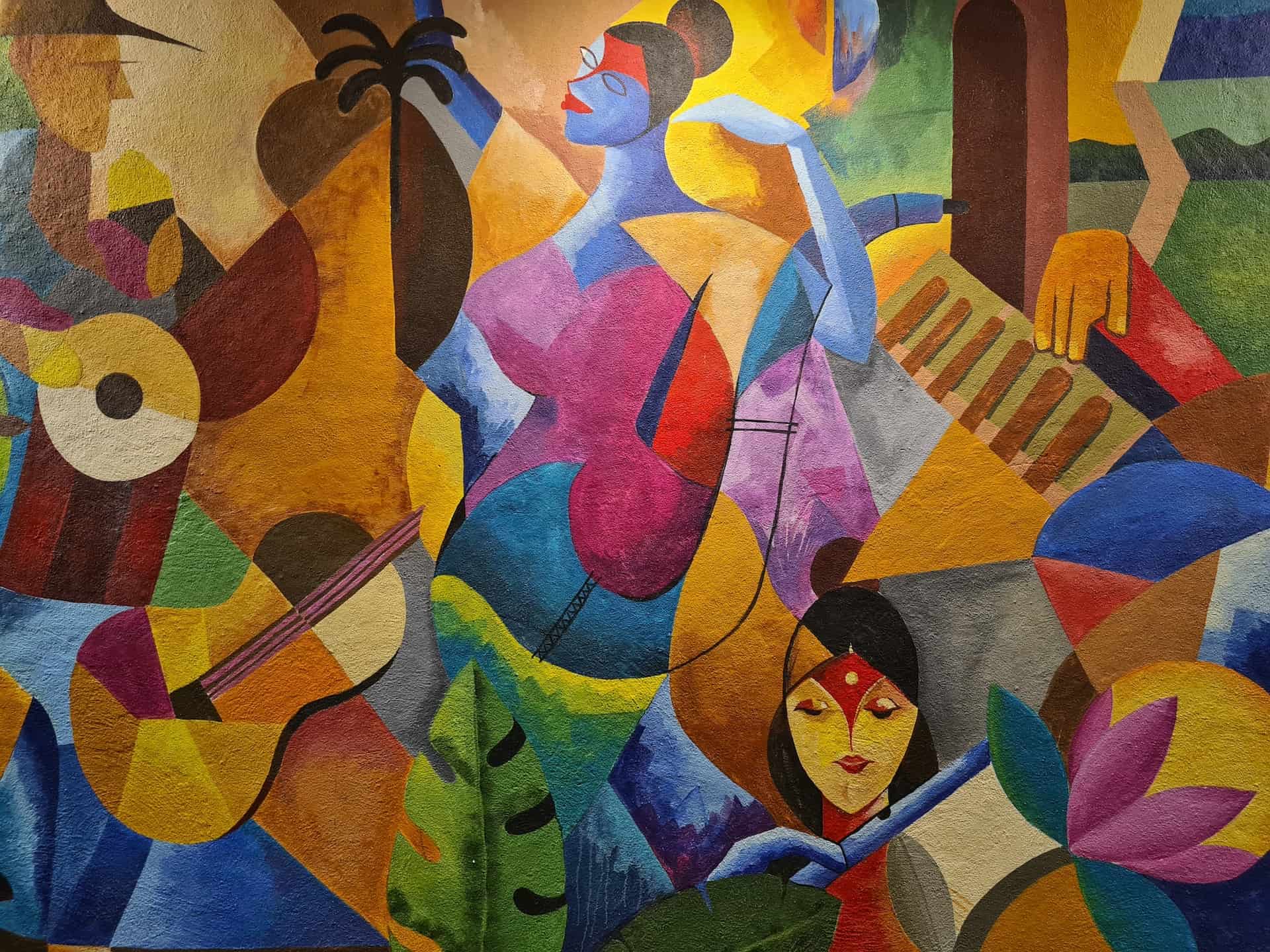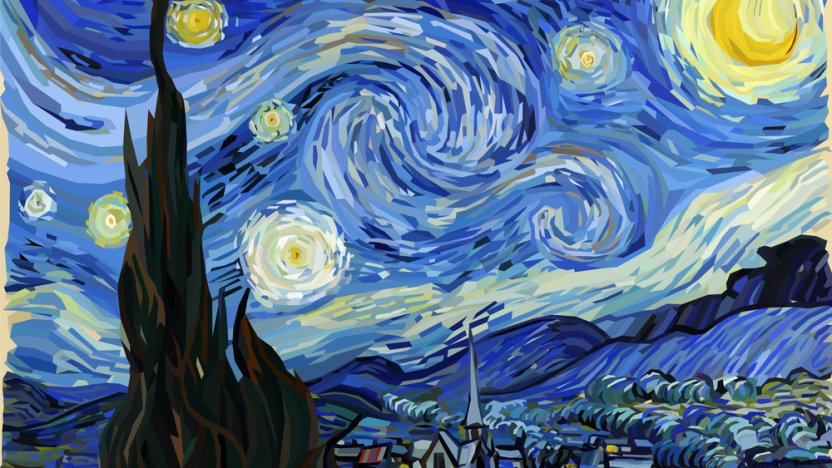The Evolution of Trump Art: From Very Early Critiques to Contemporary Perspectives
The Evolution of Trump Art: From Very Early Critiques to Contemporary Perspectives
Blog Article
Starting a Visual Journey Via the Lyrical Interpretations of Nature in Stylist Landscapes
Each brushstroke, each play of light and shadow, and each color selection in their jobs talks quantities concerning the artists' deep connection to nature and their capacity to convert its charm onto the canvas. As we check out the lyrical analyses of nature in Impressionist landscapes, we are welcomed to submerse ourselves in a world where fact and feeling link, using a look into the artists' profound admiration for the all-natural globe.
The Exciting Brushstrokes of Claude Monet
Claude Monet's mastery of brushstrokes goes beyond plain technique, imbuing his landscapes with a heavenly quality that mesmerizes and captivates visitors - trump art. His ingenious use of shade and light, combined with his distinct brushwork, produces a feeling of movement and life within his paints. Monet's prominent series of jobs depicting water lilies and his iconic haystacks display his capacity to record the fleeting impacts of light and atmosphere

Checking Out Light and Shadow With Camille Pissarro
Personifying a comparable reverence for the interaction of light and shadow, Camille Pissarro's creative vision unfolds as an unified exploration of the environment's luminescent nuances. Pissarro, a key figure in the Impressionist motion, masterfully captured the dynamic partnership in between light and darkness in his landscapes. His skilled use shade and brushwork allowed him to share the subtle shifts in light that specify various times of day and periods.
Pissarro's paints frequently include dappled sunlight filtering system through fallen leaves, casting intricate patterns of light and shadow on the earth listed below. In jobs such as "Hoar Frost, the Result of Snow, Pontoise," Pissarro skillfully shows the crisp brightness of wintertime sunlight compared with the awesome shadows that define the snowy landscape. By embracing both light and shadow in his structures, Pissarro invites visitors to submerse themselves in the all-natural beauty and transient results of light in the globe around them.

Through Pissarro's works, we are advised of the transformative power of light and shadow, welcoming us to stop and value the fleeting moments of elegance present in the day-to-day landscapes that border us.
A Symphony of Colors by Edgar Degas
Edgar Degas coordinates a dynamic symphony of colors in his masterful art work, infusing his structures with a vibrant interaction of tones that mesmerize the viewer's look. Understood primarily for his ballet dancers and intimate scenes of Parisian life, Degas skillfully click for source controlled colors to convey mood and activity in his paints. trump art. His usage of strong, contrasting colors and subtle tonal variations created a sense of deepness and vibrancy within his jobs
Degas' shade combination typically contained abundant blues, deep environment-friendlies, and cozy oranges, which he applied with certain brushstrokes to catch the essence of his topics. Whether representing a ballerina mid-performance or a team of pals chatting at a cafe, Degas' shades not just showed the scene but also evoked a sense of feeling and energy.
Moreover, Degas' experimentation with light and darkness included an extra layer of intricacy to his shade structures, enhancing the total ambience of his paintings (trump art). Via his experienced manipulation of shade, Degas developed an aesthetic harmony that remains to reverberate with customers today
Exploring Nature's Peacefulness With Berthe Morisot
Berthe Morisot's creative vision supplies a serene departure from the vivid shade symphonies of Edgar Degas, as she catches the peace of nature in her expressive landscapes. Understood for her fragile brushwork and intimate representations of everyday life, Morisot's landscapes emanate a sense of tranquility and consistency.
Morisot's paintings often feature soft, soft tones that share a sense of calmness and calmness. Her works, such as "The Cradle" and "Summertime's Day," display her capability to record the subtle appeal of nature in a means that is both soothing and contemplative to the customer.
Unlike web some of her Stylist equivalents that concentrated on vibrant make-ups and vibrant colors, Morisot liked to develop gentle, introspective scenes that invite the visitor to mirror and stop. Via her skillful use light and shadow, Morisot develops a feeling of serenity that resonates with the customer on a deep emotional level.
The Emotional Landscapes of Vincent Van Gogh
Vincent Van Gogh's landscapes strongly communicate a depth of emotion through their vibrant brushwork and meaningful usage of color. The Dutch post-impressionist musician is renowned for his capacity to capture intense and raw feelings in his paints, going beyond traditional depictions of nature. Van Gogh's tumultuous personal life, marked by psychological health and wellness struggles, significantly affected his art, instilling his landscapes with a feeling of worry, melancholy, or enthusiasm.
In works such as "Starry Evening" and "Wheatfield with Crows," Van Gogh's swirling brushstrokes and vivid color choices stimulate an extensive psychological feedback from visitors. The stormy skies and perturbed landscapes in his paints mirror his inner chaos and emotional disturbance, welcoming audiences to look into the complexities of his subconscious.
Van Gogh's one-of-a-kind visual language, identified by overstated point of views and vibrant use color, develops landscapes that resonate with viewers on a deeply psychological level. With his art, Van Gogh welcomes us to see nature not equally as an exterior truth yet as a mirror of our innermost sensations and feelings.
Conclusion
Finally, the impressionist landscapes of musicians such as Claude Monet, Camille Pissarro, Edgar Degas, Berthe Morisot, and Vincent Van Gogh supply a captivating and special aesthetic analysis of nature. With their usage of brushstrokes, shade, emotion, and light, these artists have actually developed a harmony of images that stimulate a feeling of calmness and beauty in the environment. Their jobs remain to inspire and charm customers with their lyrical analyses of the landscapes around us.
Each brushstroke, each play of light and darkness, and each color option in their jobs speaks volumes about the artists' deep connection to nature and their capacity to translate its beauty onto the canvas. His ingenious use of shade and light, incorporated with his distinct brushwork, creates a feeling of motion and life within his paintings. His adept use of color and brushwork permitted him visit this page to communicate the subtle shifts in light that specify different times of day and seasons.

Report this page